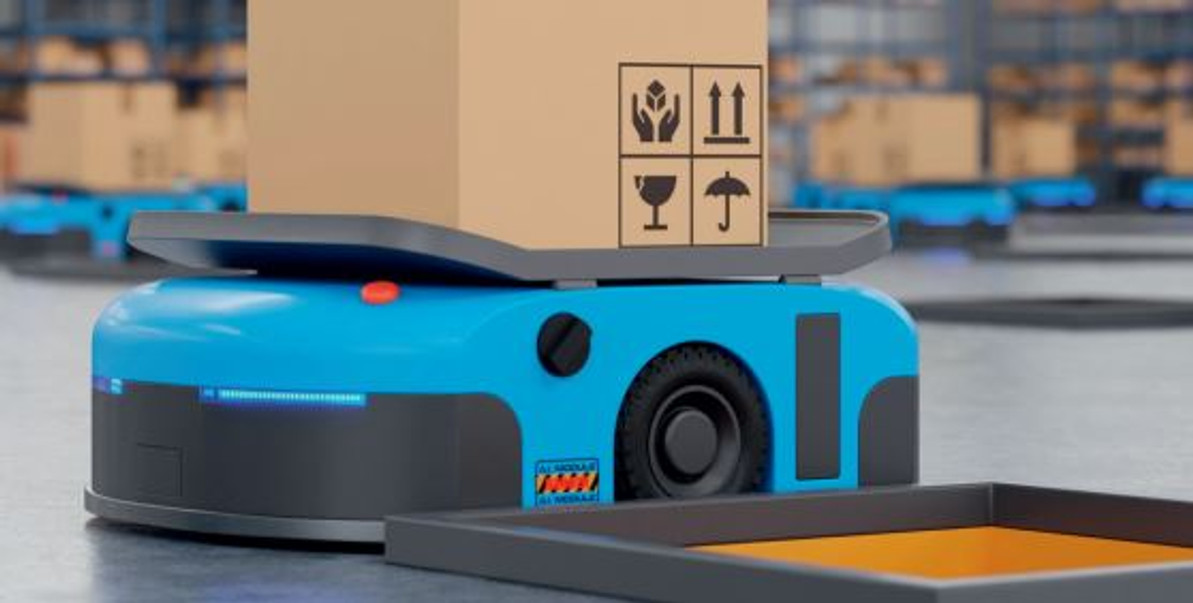Guide to Gearboxes
Gearing serves the essential purpose of engaging with other gear components to transfer modified torque and rotational motion. In practice, gears are capable of altering speed, torque, and the direction of motion originating from a drive source.
WHAT IS A GEARBOX?
When it comes to understanding gearing components, it can quickly become perplexing. There's a multitude of terminology employed by gear manufacturers, engineers, and designers that often describes similar concepts. One term, "gearbox," is frequently used interchangeably with "gearhead" or "gear reducer," even though they can refer to slightly different gear arrangements.
In its essence, a gearbox is a self-contained gear train, a mechanical unit comprising an integrated set of gears housed within an enclosure. As its name implies, it's essentially a box containing gears. At its core, a gearbox operates like any gear system, modifying torque and speed between a driving mechanism, such as a motor, and a load.
Inside a gearbox, you can find various types of gears, including bevel gears, spiral bevel gears, worm gears, and planetary gears. These gears are mounted on shafts, supported and rotated by rolling element bearings. A gearbox serves as a mechanical means of transferring energy from one device to another, enhancing torque while reducing speed.
Gearboxes find applications in a wide range of industries, including machine tools, industrial equipment, conveyors, and any power transmission application involving rotary motion that requires adjustments in torque and speed.
To clarify, a gearbox is always a fully integrated mechanical component composed of a series of interlocking gears contained within a housing, with shafts and bearings to support and manage loads, and often featuring a motor mounting flange. In most cases, the motion industry doesn't distinguish between the terms "gearhead" and "gearbox." However, in specific contexts, "gearbox" explicitly denotes enclosed gearing as described earlier, while the broader term "gearhead" refers to assemblies with exposed gearing that can be installed within existing machine frames. The latter is designed for compact or battery-powered mobile applications, requiring tight integration and the omission of extra subcomponents. Here, parallel plates may support the gear-train shafts and their bearings and allow for bolting to a motor face.
It's worth noting that some open gearing options mount directly to the electric motor output and operate exposed to the environment. Certain types of open gearing are self-lubricating, constructed from dimensionally stable poyamides or similar materials engineered to meet stringent cleanliness, vibration, weight, and cost requirements.
HOW TO SIZE AND SELECT A GEARBOX
Custom gearboxes designed for specific applications are on the rise, thanks to advancements in manufacturing capabilities that make it easier than ever to create bespoke solutions. While the design process remains challenging, modern manufacturing techniques empower suppliers to produce gearboxes and components tailored to meet precise application needs.
Innovative approaches from suppliers, coupled with cutting-edge machine tools, automation, and design software, now enable Original Equipment Manufacturers (OEMs) and end users to access cost-effective gearing solutions, even for moderate production volumes.
When seeking assistance from a consultant or custom manufacturer, engineers can ensure they receive a gearbox that fits seamlessly and performs precisely as required by addressing the following questions:
1. Input Speed and Horsepower: What are the input speed and horsepower requirements? These factors help determine the necessary gear ratio.
2. Output Speed or Output Torque: What is the target output speed or output torque? This information is crucial for defining the gear ratio.
3. Usage Characteristics: How will the gearbox be used, and how many hours per day will it run? Is it subjected to shock and vibration?
4. Overhung Load: Consider the overhung load and internal overhung load, especially in applications involving bevel gears. Overhung loads can impact gear alignment and tooth contact, potentially affecting gear life.
5. Input and Output Configuration: Does the machine require a shaft or hollow-bore input/output? How will the gearing be oriented, such as the placement of a right-angle worm gearbox?
6. Environmental Factors: Does the operating environment necessitate corrosion-resistant coatings, stainless steel housing, or shafts?
7. Service Factor: Determine the service factor, which accounts for factors like input type, daily usage hours, and application-related shock or vibration. Different applications require different service factors.
8. Class of Service: Define a class of service based on the service factor. This step involves selecting a gearset and specifying its service class, considering factors like motor type and usage patterns.
9. Gearbox Size: Once the srvice class is determined, select an appropriate gearbox size. Charts provided by gearbox manufacturers can assist in choosing the correct size based on input horsepower, application type, and target ratio.
10. Overhung Load Limits: Refer to the manufacturer's catalog or website to find maximum overhung load values for the chosen gearbox size. Ensure the load falls within the permissible range to avoid issues.
11. Mounting Configuration: Select the mounting configuration that best suits your application from the options offered by gearbox manufacturers. Consider factors like mounting feet, hollow outputs, and input/output orientations.
12. Lubrication, Seals, and Motor Integration: Decide whether the gearbox should be shipped with lubrication or filled on-site. Explore options for additional seals and motor integration as needed.
13. Testing and Validation: After installation, conduct thorough test runs in representative environments to ensure the gearmotor performs as expected. Address any issues promptly or consult the manufacturer for solutions.
In today's landscape, custom and standard gearing options can coexist. For scenarios where fully custom gearboxes are impractical due to low quantities, consider manufacturers that offer built-to-order gearboxes using standard modular subcomponents. Alternatively, for small quantities of truly custom gearboxes, collaborate with manufacturers employing the latest CAD and CAM software and advanced machine tools to optimize production processes and reduce costs.
To make the most informed choices for your gearing needs, consult with experts and leverage custom gear designs when necessary. Working closely with distributors and manufacturers like GAM can ensure the motor-gearbox combination aligns with calculations and testing, ultimately delivering optimal performance for your application. Schedule a 15 minute call to discuss your needs or call us at 1-888-600-3080.
Recent Posts
-
The Impact of AI-Powered Collaborative Robots on Efficiency and Innovation
In the rapidly evolving landscape of industrial automation, collaborative robots, or cobots, are eme …Jul 25th 2024 -
Multinational Pharma Extends Use of Robotiq Palletizing Units
The journey toward improving palletizing efficiencies with one of the world's largest pharmaceutical …Jul 18th 2024 -
Optimize Track and Trace with High-Volume Scanning Solutions
Driving Performance. Leading Solutions. In modern work environments where goals shift rapidly a …Jul 11th 2024






